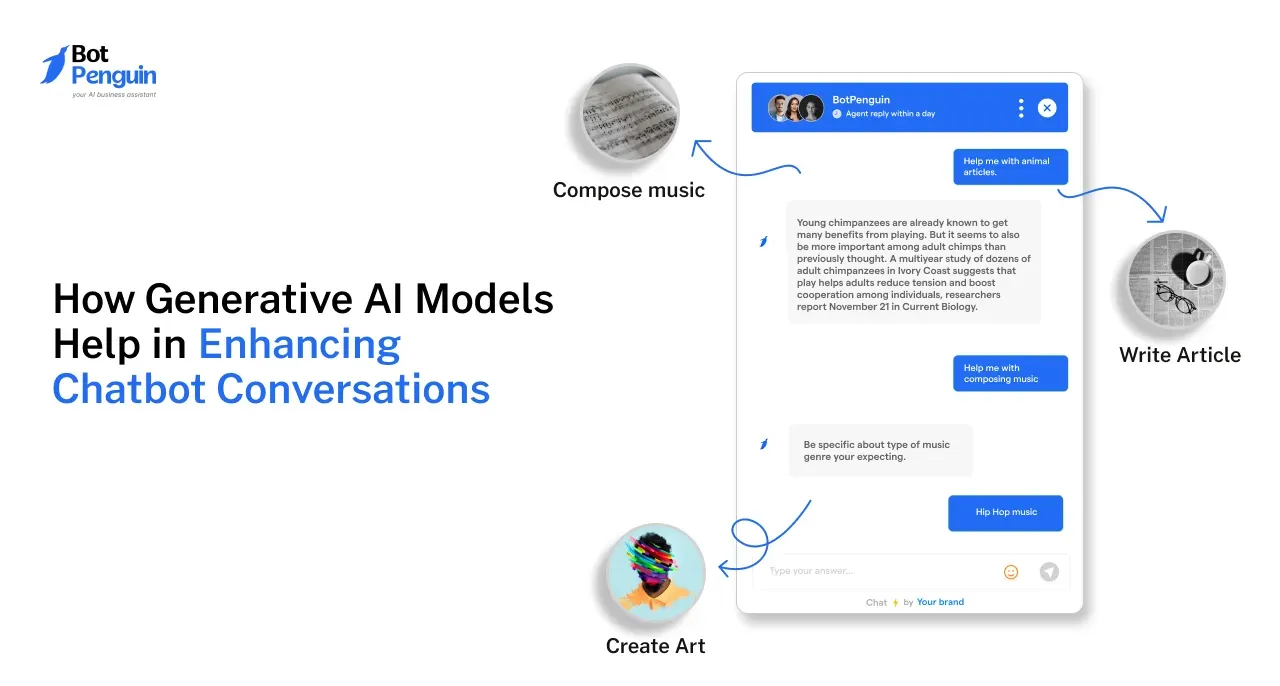Introduction
Imagine chatting with a virtual assistant who not only understands your needs but also learns from your interactions to provide more tailored responses each time. This isn’t just a fantasy; it’s the power of Generative AI Development in action.
In today’s fast-paced digital landscape, businesses are seeking innovative solutions to enhance customer engagement, and dynamic chatbots are leading the charge.
According to a recent report, 80% of businesses plan to integrate chatbots into their operations by 2025 to improve customer service and streamline processes (Source: Business Insider).
These chatbots, powered by Generative AI Development Tools and Generative AI Development Services, are redefining how companies interact with their customers, offering real-time support and personalized assistance like never before.
As organizations recognize the importance of engaging experiences, the role of Generative AI Development Solutions will only continue to grow, transforming customer interactions and paving the way for a new era of communication.
This blog will guide you through it all. Let's Begin.
What is Generative AI?
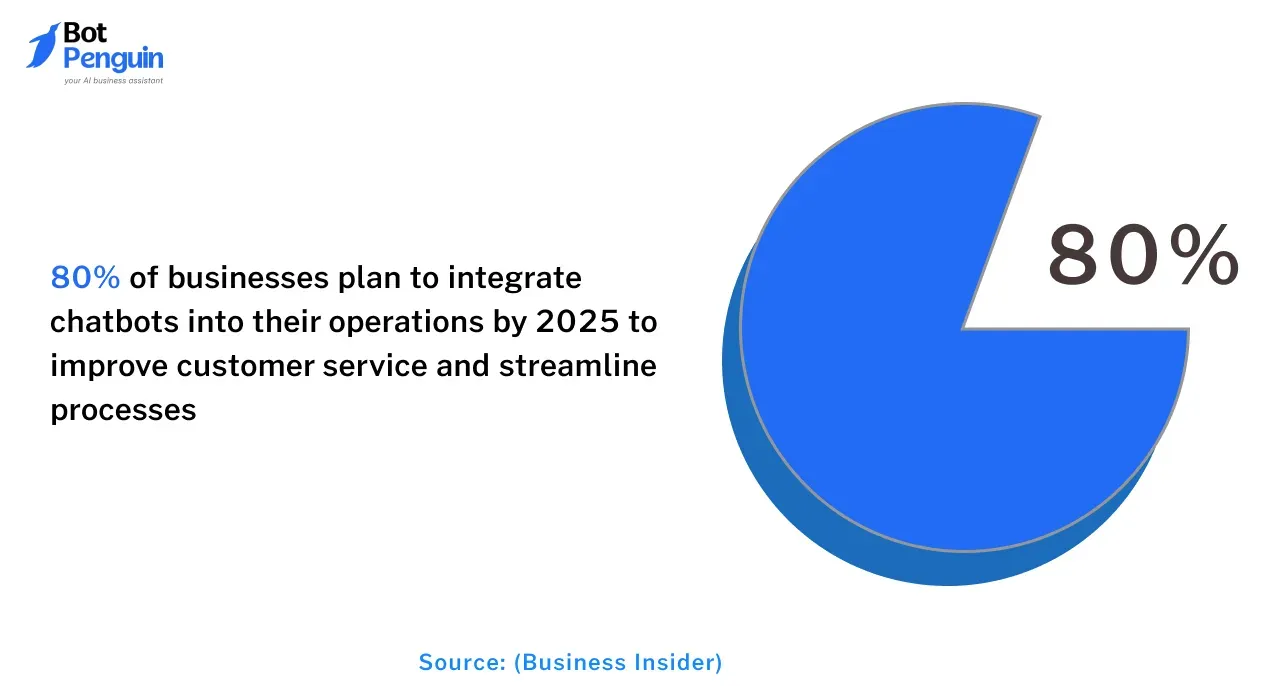
Generative AI is a groundbreaking subset of artificial intelligence that enables models to generate new data based on the patterns they've learned from existing datasets. These models can create a wide variety of outputs, including text, images, music, and even code.
Unlike traditional AI, which primarily focuses on recognizing or classifying data, generative AI is about innovation and creativity. Notable examples include ChatGPT, which generates human-like text, and DALL·E, which produces stunning visual art.
Businesses increasingly leverage Generative AI Development to automate creative processes and build cutting-edge solutions through Generative AI Development Tools and Generative AI Development Service providers.
The applications are virtually limitless, ranging from content creation and marketing to advanced design and product development.
Dynamic Chatbots: A New Era
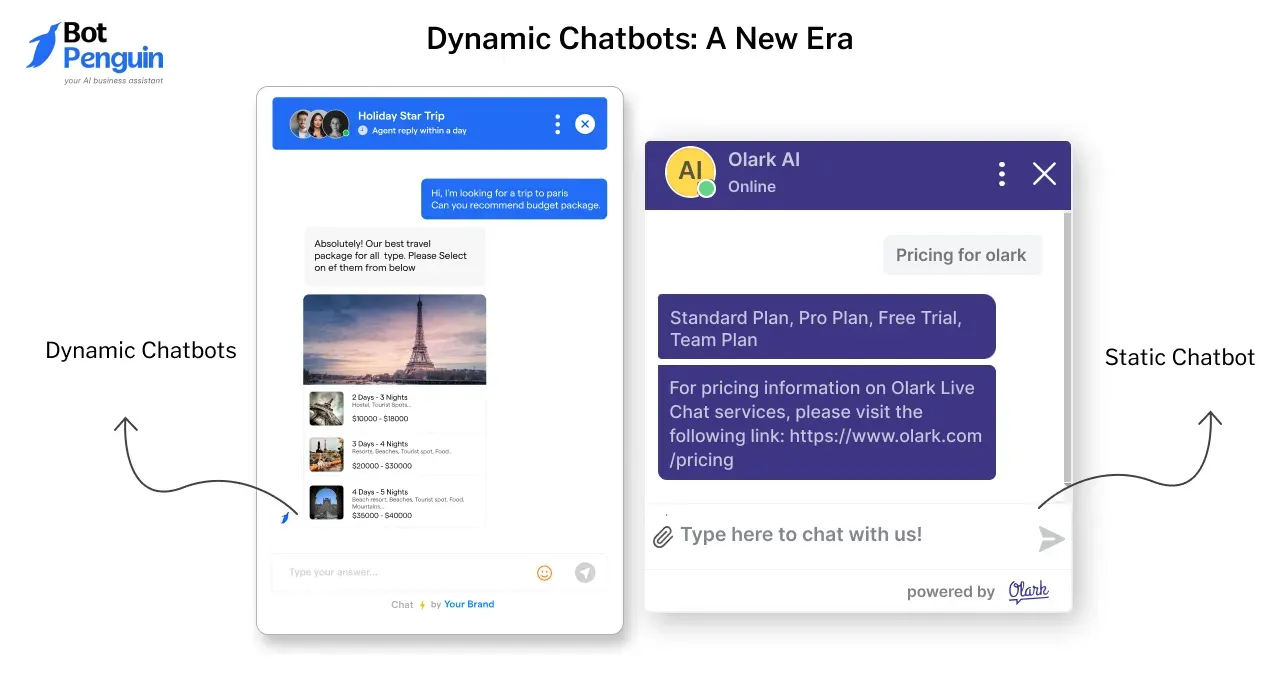
Dynamic chatbots represent a significant advancement in AI-driven interaction, capable of learning, adapting, and evolving based on user interactions.
Unlike static chatbots, which operate on predefined scripts, dynamic chatbots harness Generative AI Development Tools to provide real-time, context-aware responses, handling more complex and nuanced conversations.
As AI technology continues to advance, chatbots are becoming increasingly sophisticated and adaptable. Generative AI Development is crucial in powering these dynamic chatbots, enabling them to comprehend and respond intelligently to customer needs.
This evolution offers a more personalized and engaging experience compared to traditional static bots, marking a transformative shift in how businesses interact with their customers.
Difference Between Static and Dynamic Chatbots
The fundamental difference between static and dynamic chatbots lies in their flexibility and adaptability. Static chatbots are limited to a set of predefined responses, making them less capable of handling varied user queries.
In contrast, dynamic chatbots continuously learn from interactions, leveraging Generative AI Development Solutions to gain a deeper understanding of user intent and provide more contextual replies.
This capability significantly enhances overall communication, allowing for richer and more satisfying user experiences.
Benefits of Dynamic Chatbots in Customer Engagement
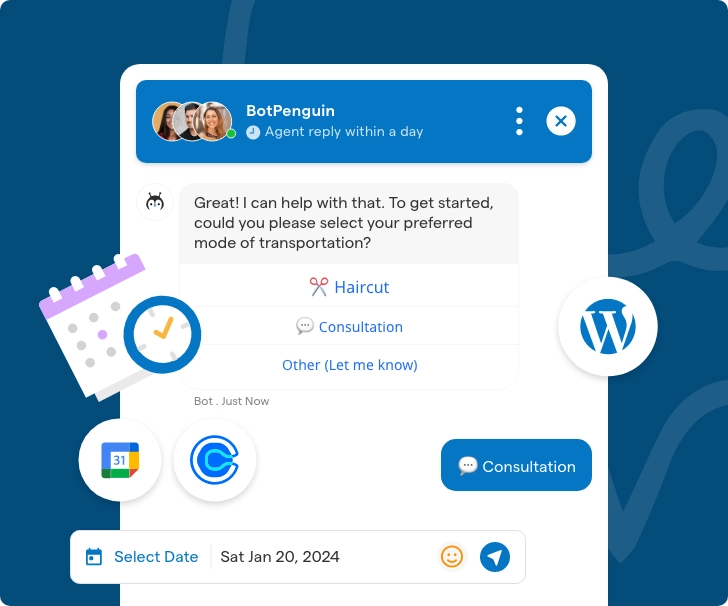
Dynamic chatbots are inherently more interactive and are ideally suited for enhancing customer engagement. They can offer personalized responses that significantly improve the customer experience.
With the support of Generative AI Development Services, businesses can automate the handling of complex queries, significantly reduce response times, and boost customer satisfaction.
These advanced chatbots are not only more responsive and efficient but also capable of managing a wide range of tasks, from answering frequently asked questions to guiding users through the purchasing process.
By integrating Generative AI Development, companies can create chatbots that transform customer interactions into meaningful and productive experiences.
How Generative AI is Used in Building Dynamic Chatbots
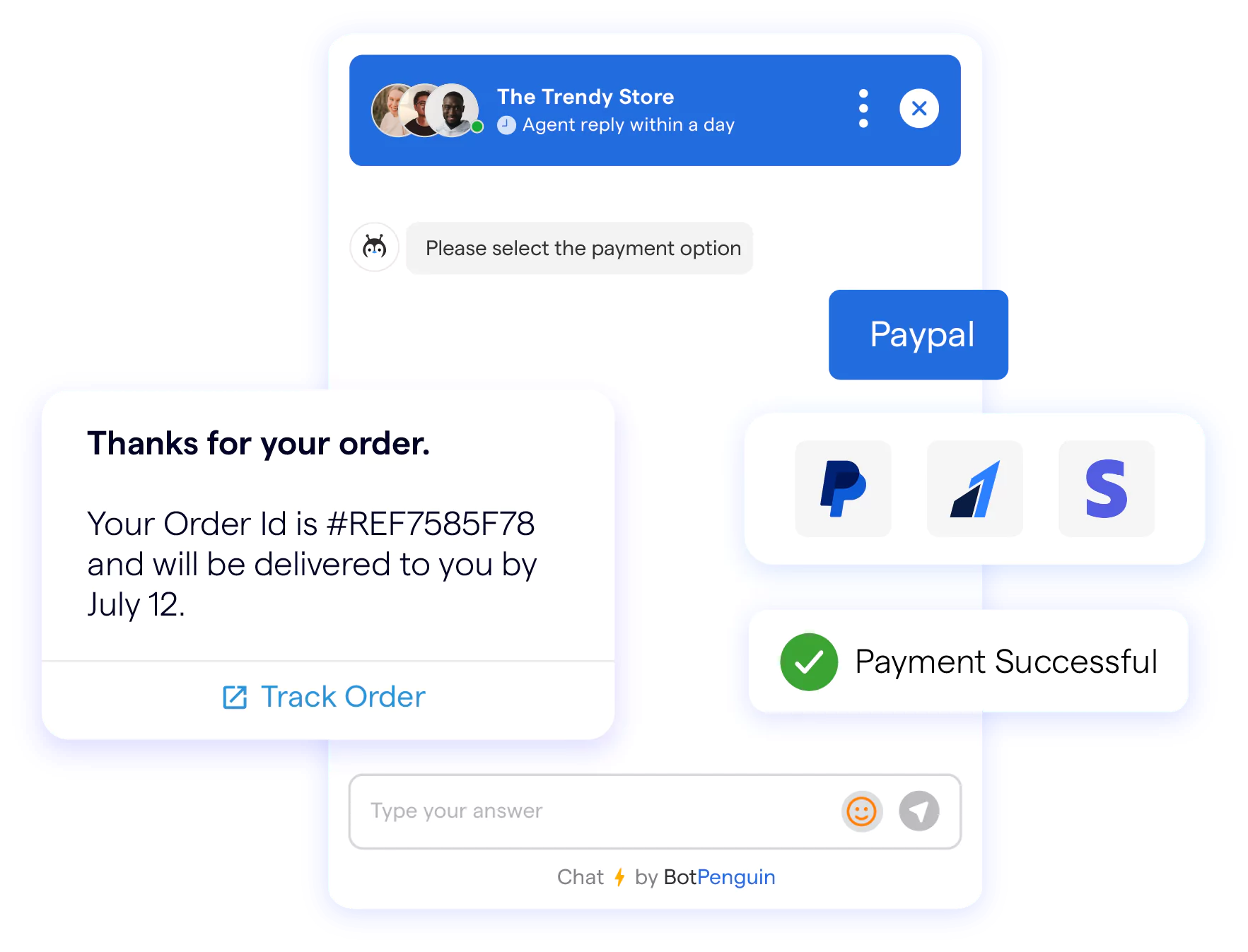
Dynamic chatbots are revolutionizing how businesses engage with customers. By leveraging Generative AI Development, these chatbots offer smarter, more responsive interactions that significantly enhance customer experience.
Unlike traditional chatbots, which rely on fixed responses and rigid scripts, dynamic chatbots utilize generative AI to evolve conversations and adapt real-time.
This transformative technology is reshaping customer interactions across various industries, from support to sales.
How Generative AI Enables Dynamic, Evolving Conversations
Generative AI Development Solutions empower chatbots to create meaningful responses based on real-time user input. Instead of merely following predetermined scripts, these intelligent bots learn from ongoing conversations and adjust their responses dynamically.
For instance, companies like Cleverbot and Replika showcase how generative AI facilitates fluid interactions, allowing users to feel as if they are conversing with a human rather than a machine.
As these chatbots evolve, they become increasingly proficient in addressing complex inquiries, leading to more engaging customer experiences.
The Importance of Understanding Context and Generating Relevant Responses
Understanding context is crucial for delivering effective chatbot interactions. Generative AI Development Tools enable chatbots to grasp the nuances of conversations and generate responses that are not only accurate but also contextually relevant.
For example, if a customer inquires about their ongoing order, a generative AI-powered chatbot can access real-time data from the company’s database, providing up-to-date information and improving overall satisfaction.
Companies like Zendesk have successfully integrated such capabilities into their customer support platforms, enhancing the user experience.
Example Use Cases: AI-Driven Customer Support, Personalized Assistance, and More
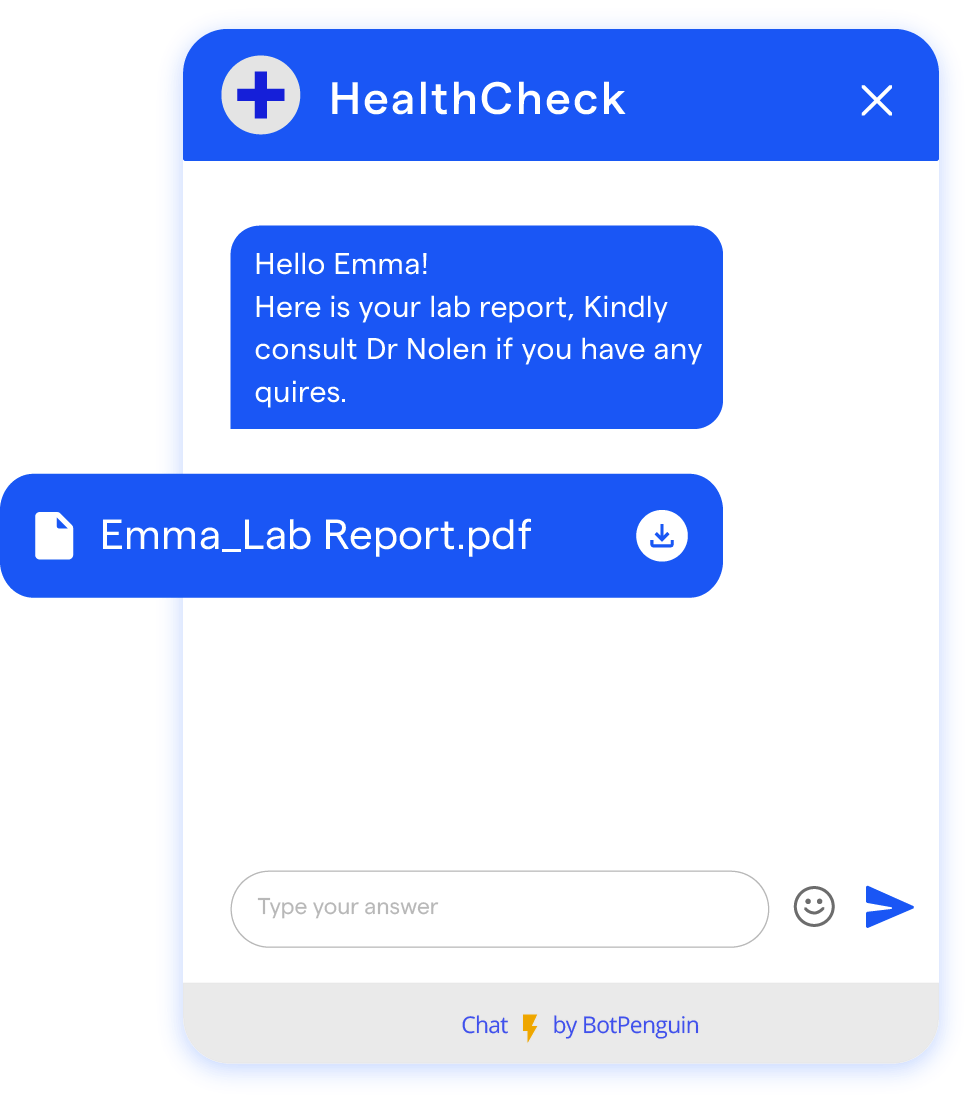
Following are some real-world use cases of Generative AI Development:
- AI-Driven Customer Support: Dynamic chatbots offer real-time assistance by addressing complex queries and resolving issues efficiently.
For instance, Lemonade, a tech-driven insurance company, utilizes dynamic chatbots to handle customer inquiries swiftly, often resolving claims in minutes.
- Personalized Assistance: In e-commerce, chatbots can make tailored product recommendations based on user preferences and behaviors.
For example, Sephora employs a chatbot that suggests products based on a customer’s past purchases and interests, enhancing the shopping experience.
- Healthcare Support: AI-driven chatbots like Babylon Health help patients schedule appointments, offer personalized health advice, and send timely reminders for medication, making healthcare more accessible.
- Finance Assistance: Financial chatbots, such as those used by Bank of America (Erica), assist customers in tracking expenses, suggesting savings options, and guiding them through loan applications.
- Travel and Hospitality: Dynamic chatbots like Travelmate guide users in booking trips, provide recommendations for destinations, and address travel-related inquiries, ensuring a smooth travel planning process.
- Retail and E-commerce: Chatbots streamline the shopping experience by helping customers find products, processing orders, and managing returns.
H&M utilizes a chatbot to learn customer preferences and offer personalized recommendations.
- Education: In educational settings, chatbots like Duolingo's conversational agents provide personalized tutoring, adapting their teaching methods based on individual learner progress and queries.
Core Advantages of Generative AI in Chatbots
Generative AI is fundamentally transforming how chatbots engage with users. Through Generative AI Development, these chatbots provide a more personalized, adaptive, and flexible experience.
This advanced AI technology empowers chatbots to continuously learn from interactions, manage complex inquiries, and operate in multiple languages.
Such capabilities render chatbots far more effective and versatile than traditional models, thereby enhancing customer engagement across various industries.
Personalization: Adapting to Individual User Needs
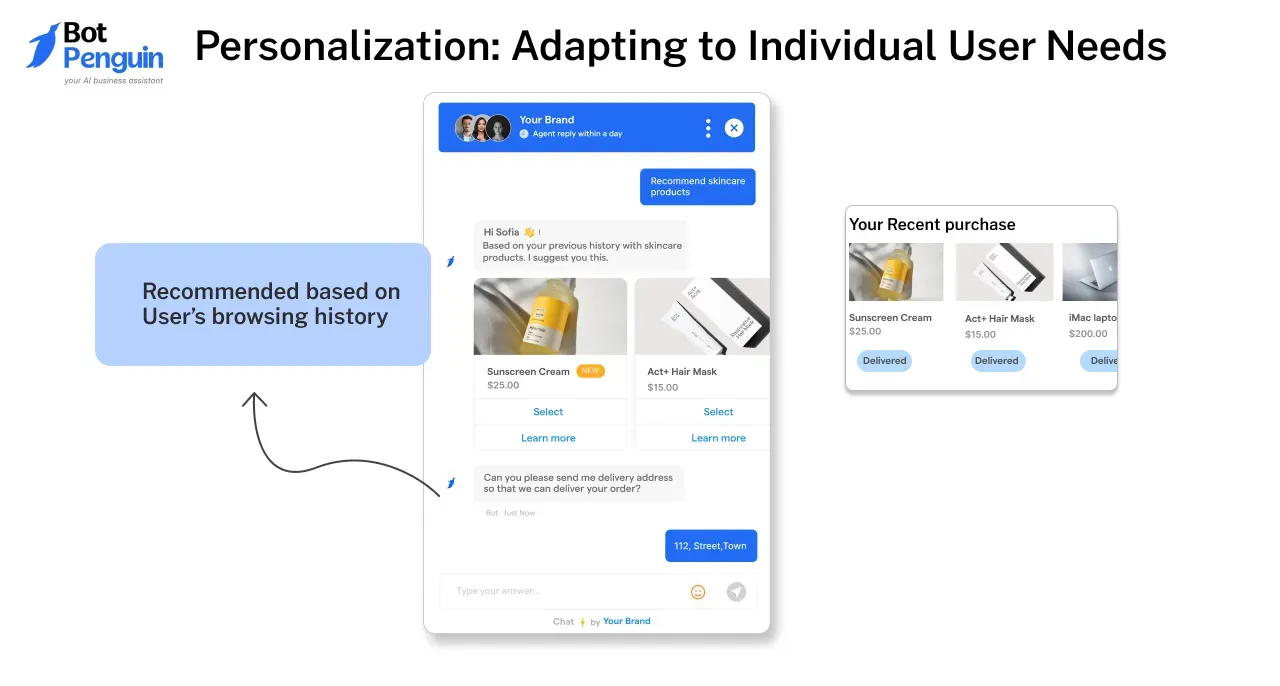
Chatbots powered by Generative AI Development Tools excel at personalizing responses for each user.
By analyzing past interactions and individual preferences, these chatbots deliver more relevant answers that create a human-like experience.
For example, Macy’s utilizes a chatbot that can recommend products based on a user’s browsing history, ensuring that each customer feels uniquely catered to during their shopping journey.
Continuous Learning: Improving Over Time with Each Interaction
Through Generative AI Development Solutions, chatbots continuously evolve and enhance their capabilities.
They learn from every interaction, refining their ability to respond accurately and meet user expectations. This ongoing learning process ensures that the chatbot improves its responses over time, becoming increasingly efficient at addressing a diverse range of queries.
For instance, the Duolingo chatbot adapts its teaching style based on user performance, making language learning more effective.
Flexibility: Handling Complex, Open-Ended Questions
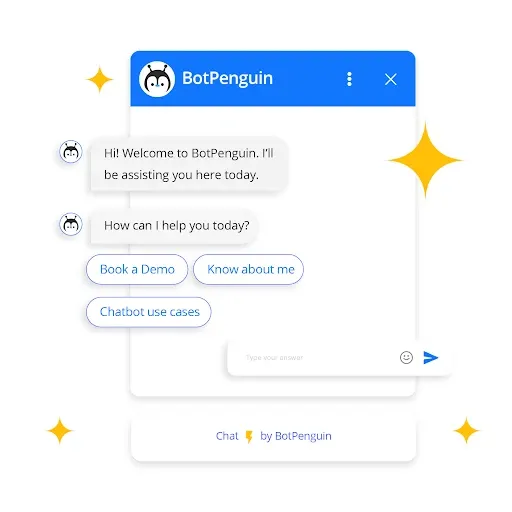
Traditional chatbots often struggle with complex or open-ended questions, but Generative AI Development Services equips dynamic chatbots with the ability to process and respond to such inquiries adeptly.
These chatbots grasp the nuances of conversations and provide insightful answers, resulting in a more flexible and engaging user experience.
A great example is Zendesk’s Answer Bot, which can understand various customer queries and provide tailored solutions instead of relying solely on scripted responses.
Multilingual Capabilities: Serving Diverse Audiences in Multiple Languages
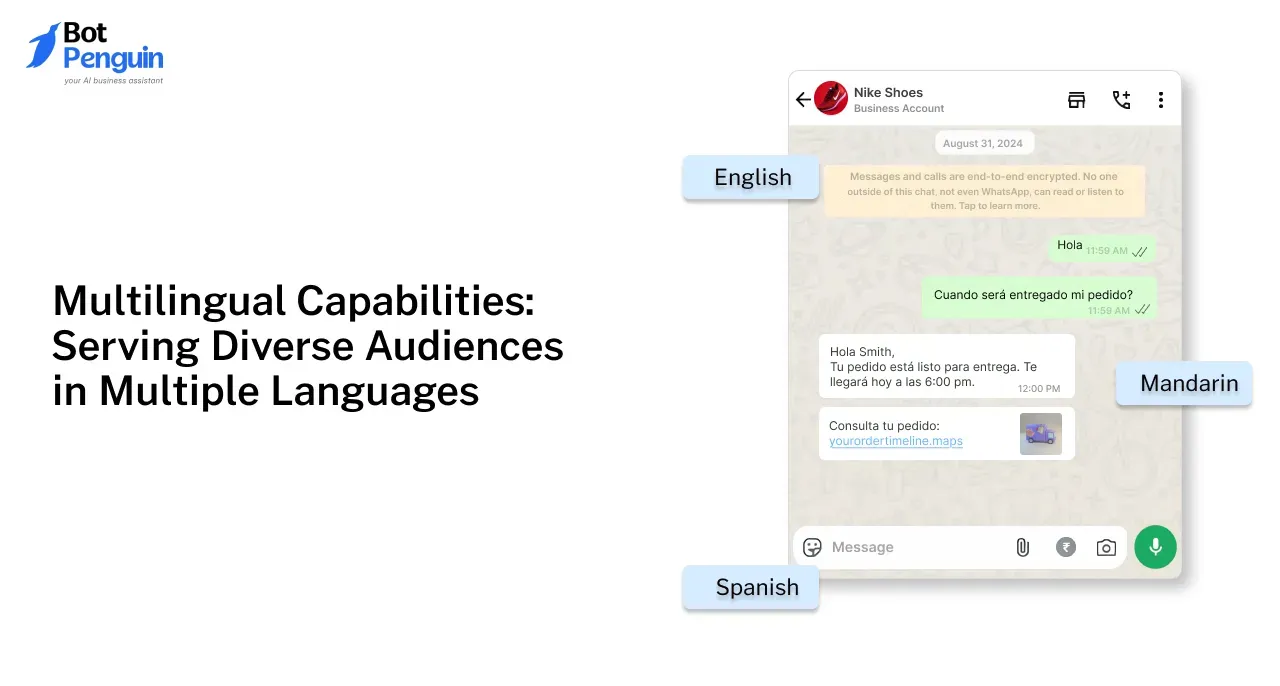
One of the standout advantages of Generative AI Development is its capacity for multilingual communication. This feature enables businesses to engage with a global audience, ensuring seamless interaction regardless of language barriers.
Whether a user communicates in English, Spanish, or Mandarin, the chatbot can adapt accordingly. For example, WhatsApp Business has chatbots that can respond in multiple languages, enhancing accessibility and customer satisfaction for businesses target
Challenges in Using Generative AI for Chatbots
While Generative AI Development brings numerous benefits to creating dynamic chatbots, several challenges need to be addressed for effective implementation.
From the complexities of understanding nuanced context to significant concerns regarding data privacy, these issues must be tackled to ensure that AI-powered chatbots function ethically and efficiently.
Limitations of AI in Understanding Deep or Nuanced Context
Despite advancements in Generative AI Development Tools, AI can still struggle to grasp complex or nuanced conversations. For instance, chatbots may misinterpret ambiguous language, sarcasm, or cultural references, leading to responses that seem robotic or inappropriate.
Such limitations can hinder their effectiveness in situations where human understanding is paramount. For example, an AI chatbot in customer support might misinterpret a sarcastic remark from a frustrated customer, failing to address their real concerns.
Data Security and Privacy Issues
Generative AI Development Solutions often necessitate substantial amounts of data to train chatbots effectively. This requirement raises significant concerns about data security and privacy.
If businesses do not enforce strict data privacy measures, sensitive user information could be exposed, resulting in ethical and legal ramifications.
A notable example is the controversy surrounding AI models that have mishandled personal data, leading to public distrust in AI technologies.
Potential Biases in AI-Generated Responses
AI models can inadvertently perpetuate biases present in their training data. If a chatbot is trained on biased datasets, it may generate responses that are unfair or discriminatory.
This underscores the importance of carefully curating training data and regularly updating models to minimize biased behavior.
For instance, the Tay chatbot developed by Microsoft famously learned and started generating offensive tweets within 24 hours due to biased training data, highlighting the need for robust oversight in AI development.
Need for Constant Updates and High-Quality Training Data
To maintain optimal performance, Generative AI Development Services require continuous updates and access to high-quality, diverse training data.
Without ongoing learning and refinement, chatbots can quickly become outdated, leading to irrelevant or ineffective responses.
For example, a chatbot that isn’t updated regularly may struggle with the latest industry trends or user queries, ultimately disappointing users who seek timely and accurate information.
The Future of Generative AI in Chatbots
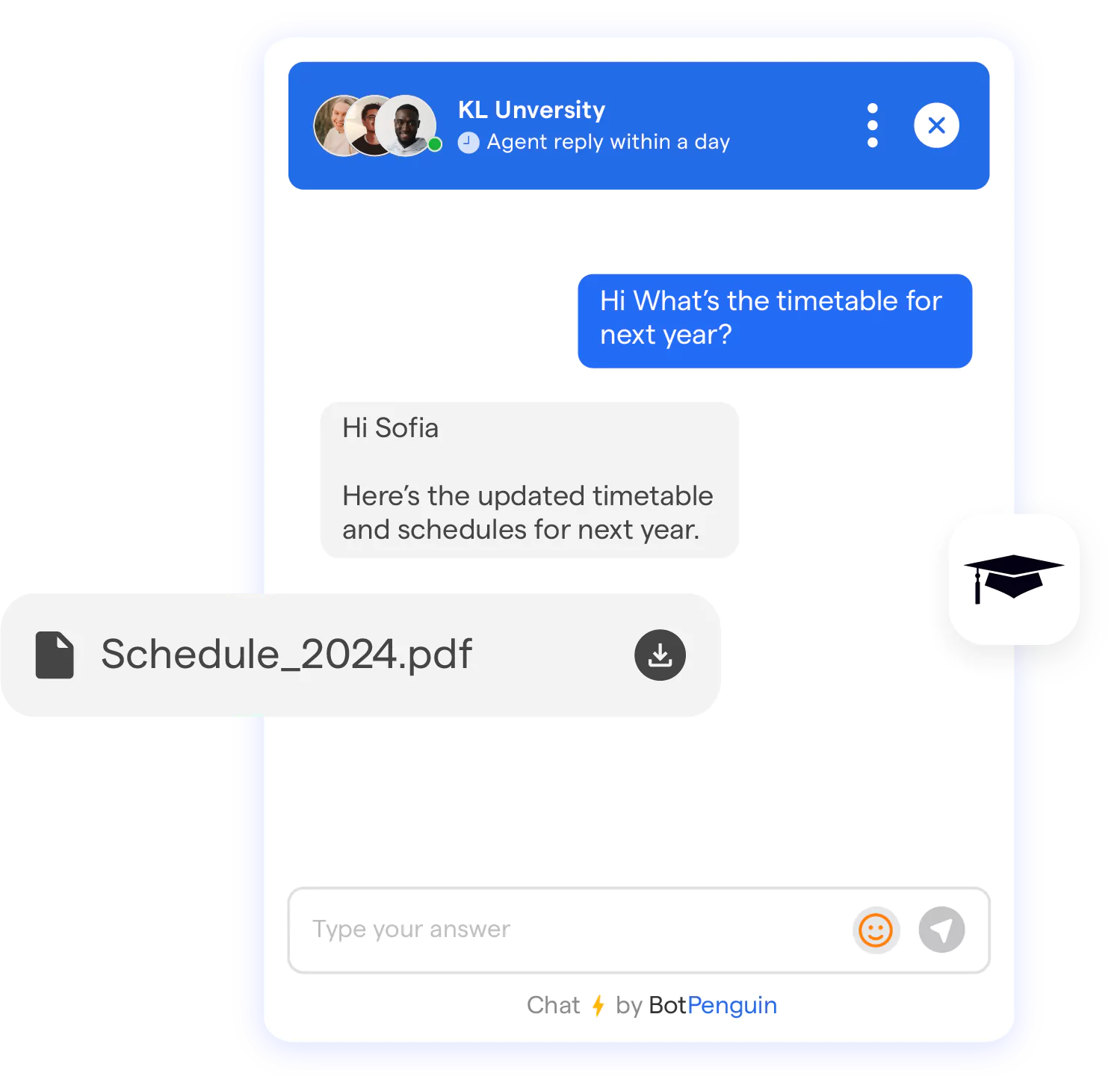
The chatbot landscape is evolving rapidly, thanks to innovations in Generative AI Development.
As AI technologies advance, we can anticipate chatbots becoming capable of handling increasingly complex conversations, enhancing their utility across various sectors.
With advancements in emotional intelligence and contextual understanding, future chatbots will seamlessly blend human and machine interactions.
Predicting the Next Steps in Generative AI for Chatbots
The next significant leap in Generative AI Development Solutions will involve AI systems learning to detect and respond to human emotions.
By recognizing tone and emotional cues, chatbots will be able to provide more empathetic responses, making interactions feel more natural and engaging.
Advancements in Emotional Intelligence and Contextual Understanding
As Generative AI Development Tools continue to evolve, chatbots will become adept at comprehending intricate conversations.
They will better understand context, sarcasm, and layered meanings, enabling them to deliver responses that resonate more deeply with users.
Future AI Chatbots and Human-Like Conversations
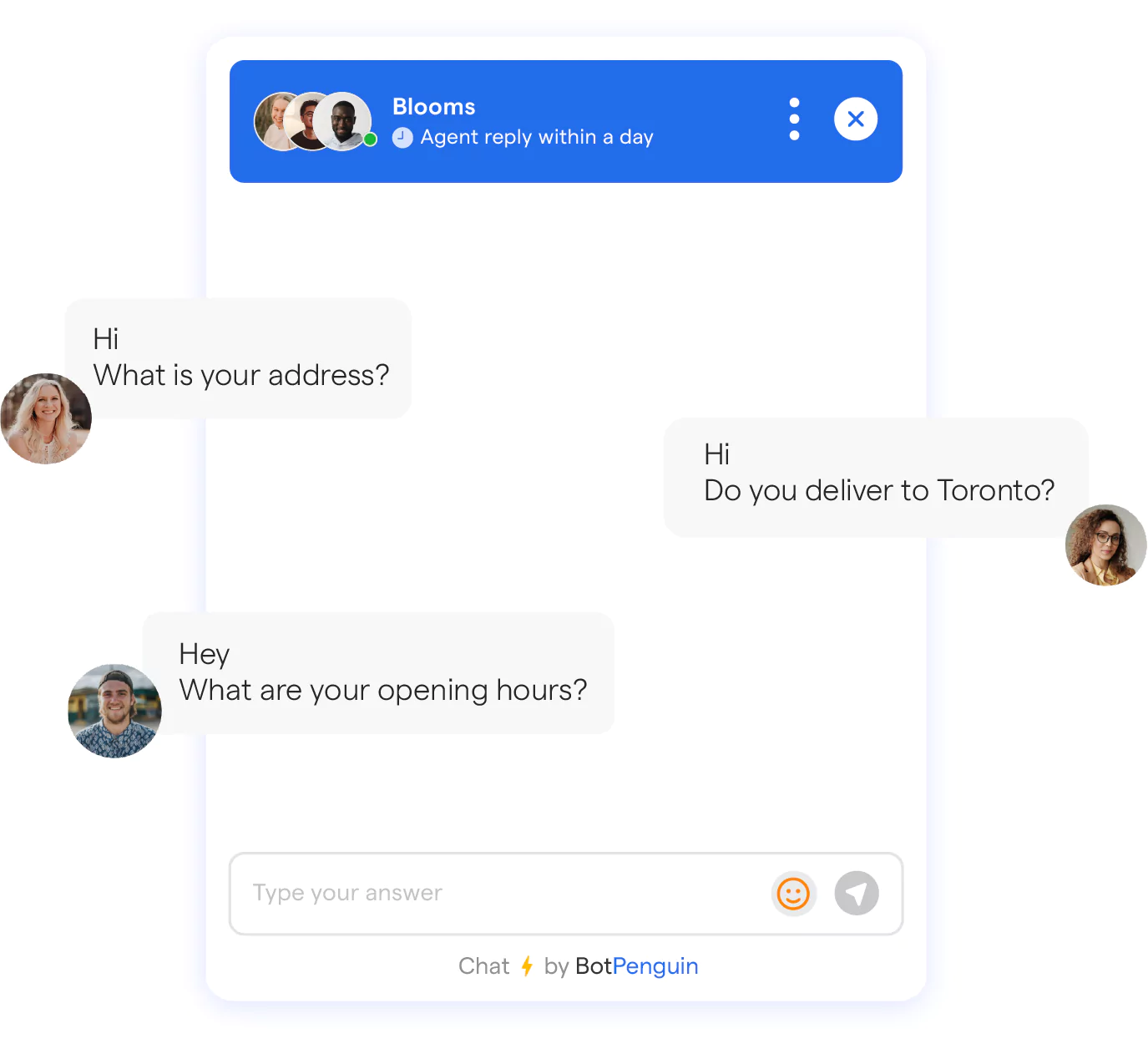
Looking ahead, AI-driven chatbots will likely achieve near-human-level conversational abilities.
Through continuous learning and enhanced emotional intelligence, these chatbots will adeptly manage complex queries, deliver pertinent solutions, and make users feel genuinely understood.
This evolution will significantly enhance customer engagement, pushing the boundaries of what chatbots can achieve in various industries.
Conclusion
In conclusion, Generative AI Development is revolutionizing the chatbot landscape, enabling businesses to create dynamic and engaging customer interactions.
By leveraging advanced algorithms, chatbots can learn from user interactions, personalize responses, and handle complex queries in real-time This shift not only enhances customer satisfaction but also streamlines operations, making chatbots an indispensable tool for modern businesses.
As we move forward, the continuous evolution of Generative AI Development will pave the way for even more sophisticated chatbots capable of understanding context and delivering empathetic responses.
A prime example of this innovation is BotPenguin, which harnesses the power of Generative AI Development to create intelligent chatbots that cater to diverse industry needs.
By choosing BotPenguin, businesses can implement cutting-edge solutions that enhance customer engagement and drive growth. Embrace the future of customer interaction today with Generative AI Development and transform the way you connect with your audience!
Frequently Asked Questions (FAQs)
What is the role of Generative AI Development in dynamic chatbots?
Generative AI Development plays a crucial role in enabling dynamic chatbots to create real-time, contextually relevant responses.
By learning from user interactions, these chatbots can handle complex queries, adapt to individual preferences, and continuously improve, leading to a more personalized experience that enhances customer satisfaction.
How do dynamic chatbots differ from traditional chatbots?
Dynamic chatbots leverage Generative AI Development to generate responses based on real-time data, which distinguishes them from traditional chatbots that rely on pre-programmed scripts.
This allows dynamic chatbots to engage in more flexible, adaptive, and human-like conversations, significantly improving user interaction.
What are the benefits of using Generative AI Development in chatbots?
Incorporating Generative AI Development into chatbots offers numerous advantages, including enhanced personalization, continuous learning, and impressive flexibility.
These chatbots improve customer engagement by providing tailored responses, effectively managing complex queries, and supporting multiple languages, making interactions more efficient and relevant.
What challenges exist in Generative AI Development for chatbots?
Despite its benefits, Generative AI Development also presents challenges such as difficulties in understanding nuanced contexts, data privacy concerns, potential biases in generated responses, and the need for constant updates and high-quality training data to maintain the chatbot's effectiveness.
How does Generative AI Development help chatbots understand context?
Generative AI Development equips chatbots to process contextual data by analyzing past interactions and user inputs.
This capability allows chatbots to generate relevant responses that meet the user’s needs, making conversations feel more natural and context-aware.
Can chatbots using Generative AI Development handle multiple languages?
Absolutely! With Generative AI Development Solutions, chatbots can effectively support multiple languages, enabling businesses to engage with a global audience.
This multilingual capability enhances accessibility and ensures personalized communication across diverse regions and languages.



